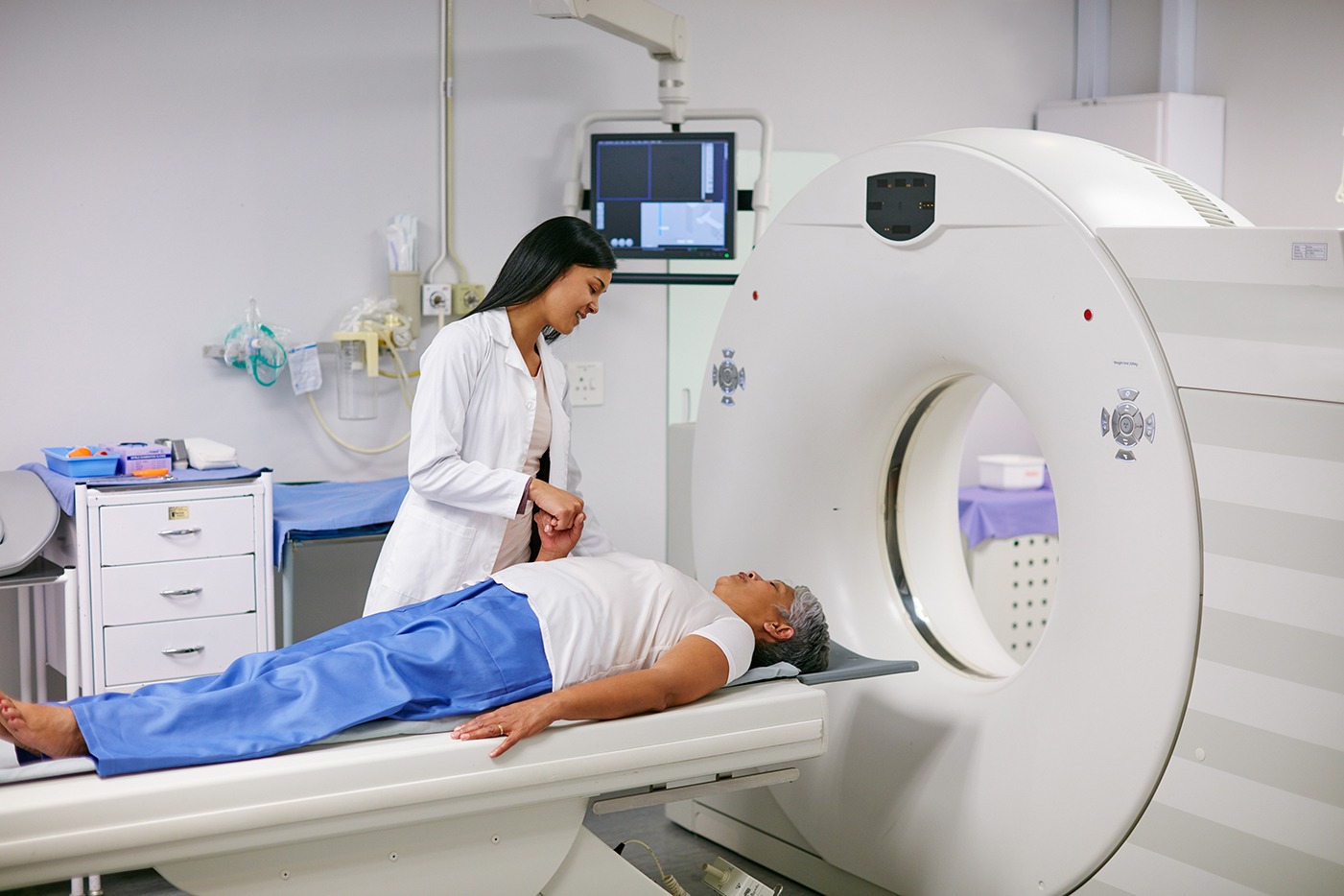Why Do You Need an MRI Scan of the Ankle?
An ankle MRI radiology is commonly recommended for individuals who are experiencing persistent ankle pain, swelling, instability, or difficulty moving the joint. Some of the conditions an MRI scan of the ankle can help diagnose include:
1] Ligament Tears and Sprains - Ligament injuries, such as sprains or tears, are common causes of ankle pain. These injuries often occur during sports activities or accidents. MRI scans are highly effective in assessing the severity of ligament damage, such as in cases of anterior talofibular ligament (ATFL) or calcaneofibular ligament (CFL) tears.
2] Tendon Injuries - Tendons, such as the Achilles tendon or the posterior tibial tendon, are prone to strain, tears, or tendinopathy. MRI scans allow doctors to assess the condition of these tendons, helping them determine the best approach to treatment.
3] Cartilage Damage - Cartilage in the ankle joint, such as the talus cartilage, helps provide smooth movement and reduce friction. Damage to this cartilage, whether from injury or degenerative conditions like osteoarthritis, can lead to pain and reduced mobility. MRI scans are useful for detecting cartilage damage that may not be visible on X-rays.
4] Ankle Fractures - While X-rays are typically used to detect fractures, an MRI scan of the ankle may be needed to assess the extent of soft tissue damage associated with fractures, including damage to ligaments and tendons around the broken bone.
5] Bursitis - Inflammation of the bursa, a small fluid-filled sac that cushions joints, can cause swelling and pain in the ankle. MRI scans help diagnose bursitis and determine if the bursa is affecting the surrounding tissues.
6] Arthritis - Both osteoarthritis and rheumatoid arthritis can affect the ankle joint. MRI can identify signs of arthritis, such as cartilage wear, bone spurs, or joint swelling, helping doctors create a treatment plan tailored to the severity of the condition.
7] Ankle Instability - Chronic ankle instability, often the result of repeated sprains, can cause the ankle to feel weak or unstable. MRI helps assess any damage to the ligaments and soft tissues that could be contributing to instability.
MRI Ankle Scan Cost Pune
The cost of an MRI Ankle Scan in Pune is starts from Rs. 2500. This scan helps diagnose ankle injuries or conditions such as ligament tears, fractures, tendonitis, or cartilage damage. The price may vary depending on the diagnostic center, the type of MRI equipment, and additional services offered. For accurate pricing and availability, it's best to consult local MRI centers or hospitals in Pune.
How is an MRI Scan of the Ankle Performed?
1] Preparation: No special preparation is usually required for an ankle MRI. However, you will need to remove any metal objects, including jewelry or clothing with zippers, as these can interfere with the magnetic field.
2] Positioning: The MRI technician will ask you to lie on an exam table, and your ankle will be positioned inside the MRI machine. The technician may use cushions or straps to ensure the ankle stays still during the scan.
3] The Scan: The MRI machine uses powerful magnets and radio waves to produce detailed images of the ankle. During the scan, you will need to remain still to avoid blurry images. The procedure is generally painless, although the machine can be noisy, and you may feel some pressure around your ankle.
4] Contrast Dye (if necessary): In some cases, contrast dye may be injected into the ankle to enhance the images. This is typically done if there is a need to better visualize blood vessels, cartilage, or any damage to soft tissues.
5] Post-scan: After the scan is complete, you can resume your regular activities immediately. If you were given contrast dye, you may be asked to drink plenty of fluids to help flush the dye out of your system.









